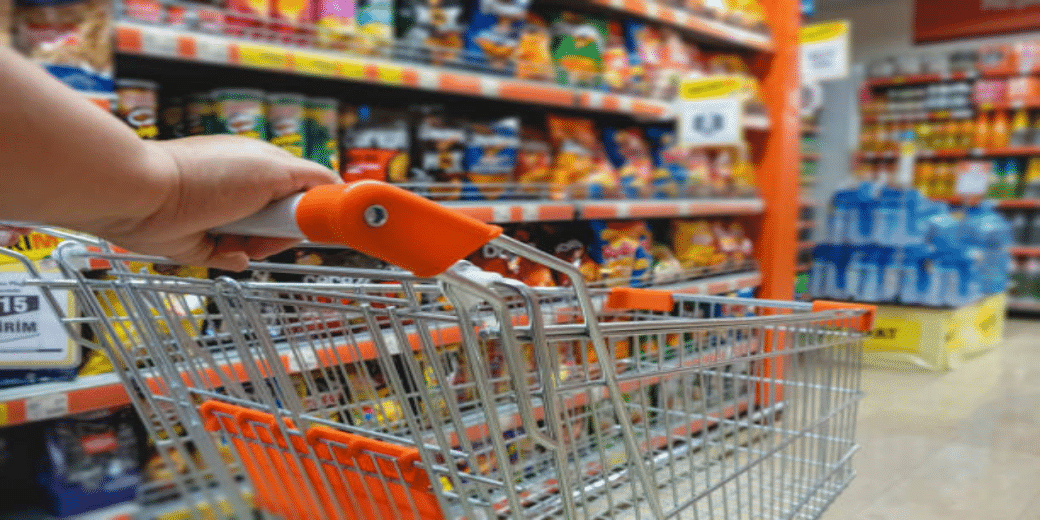Rural India shows signs of long-awaited demand: FMCG fuels hope
Some green shoots are finally rearing their heads with the packaged consumer goods growing by 9% by value and 8.6% by volume in the July-September

Though robust domestic consumption made the India growth story stand out conspicuously in the global arena overwhelmingly marked by slowdown, rural demand in the country remained suspect with the erratic rainfall widely believed to play a dampener in the vast rural regions. However, some green shoots are finally rearing their heads with the packaged consumer goods growing by 9% by value and 8.6% by volume in the July-September quarter compared to the same period a year ago, The Economic Times has reported.
This phenomenon points to higher expenditure in rural India for both essentials and discretionary products, researcher NielsenIQ observed. The agency attributed the growth in consumption to declining inflation, inching down of unemployment and lower LPG cylinder prices. Economists, however, were slightly more cautious and noted that it needs to be watched if the trend would continue even beyond festive season. And much of the consumption would eventually depend on farm output.
“With kharif output to be sub-optimal, I believe revival cannot be taken for granted,” said Madan Sabnavis, chief economist, Bank of Baroda.
The July-September cheer arrives after four quarters of muted growth in the rural markets where consumers have been largely settling for lower-priced products or refraining from buying as many goods, their purchasing capacity constrained by rising food and fuel prices.
The retail inflation in September was 5.02% which is a three-month low.
“We see recovery in habit-forming categories such as biscuits, tea, noodles and coffee after five quarters,” said Roosevelt D’Souza, lead, customer success, at NielsenIQ.
“We are increasingly optimistic of the future as we are seeing green shoots of recovery in rural sentiments; the gap between rural and urban growth has declined,” said Mohit Malhotra, CEO of Dabur. As much as 48% of the annual sales of this FMCG major comes from the rural areas of the country.
Roosevelt D’Souza could clearly detect “renewed optimism” of the rural consumer in the current festive quarter. He observed that rising expenditure on discretionary products such as personal and home care products indicated that rural consumers are reaching out to categories beyond the essential ones.
Dabur is investing in beefing up distribution infrastructure and brands to clinch volume growth. Last year, this company had a reach of 1 lakh villages which it now wants to raise to 1.1 lakh villages. In the past year and a half, Dabur has witnessed growth that was attributable to higher prices. Easing commodity prices are making life relatively easier for this company now.
While NielsenIQ was upbeat about the volume growth and sings of recovery in the rural segment, economists said they would look for the trend holding in future. “Most of the lead indicators right now are pointing towards rural demand picking up. But we have to look beyond the festive demand,” observed Upasna Bhardwaj, chief economist, Kotak Mahindra Bank. She noted that urban consumption had held up and that rural demand is on the rise. Economists also pointed out to the concern that that the country’s overall unemployment rate which moved down to 7.1% in September again rose over 10%.
Sunil D’Souza, MD of Tata Consumer expects rural demand to “further stabilise in the festive quarter, aided by deeper distribution and sops like MNREGA.”
Executives also attributed the volume growth to channels such as modern trade and ecommerce. This improved the accessibility factor of goods, they pointed out. NielsenIQ highlighted that modern trade channels such as organised large-format super stores recorded double-digit consumption in the July-September quarter, growing at an exemplary rate of 19.5%. on the other hand, traditional neighbourhood stores grew 7.5%. Both packaged foods and non-foods grew 8.7% on a y-o-y basis. Impulse purchases such as salty snacks, chocolates, confectionery biscuits and tea drove the growth within the food category.
“We are observing a significant shift in consumer confidence and purchasing power,” remarked Manish Aggarwal, director at Bikanervala Foods. This company has invested in a new plant in Greater Noida to cater to rising demand, reduce transportation costs, and ensure swift delivery to tier 2 and 3 cities and rural segments.
Download Money9 App for the latest updates on Personal Finance.
Related
- 80% of medical colleges not meeting minimum standards of regulator
- Delhi-NCR improves realty health, unsold stock down 57% in 5 years
- Govt gets a Rs 2.1 lakh cr cheque from RBI
- Vistara operations have stabilised: CEO
- Small savings rates left unchanged. Know the rates here.
- IRDA’s one-stop platform for all insurance activities

